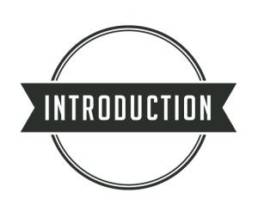
What is a IT Risk Management?
Information Security Risk Management, or ISRM, is the process of managing risks associated with the use of information technology. It involves identifying, assessing, and treating risks to the confidentiality, integrity, and availability of an organization’s assets. The end goal of this process is to treat risks in accordance with an organization’s overall risk tolerance. Businesses shouldn’t expect to eliminate all risks; rather, they should seek to identify and achieve an acceptable risk level for their organization.
All organizations can adopt IT Risk Management as each and every organization can be subjected to risks in the current scenario.
Our IT Risk Management services include but we are not limited to:
- SSAE 18 -SOC 1,2,3
- ISAE 3402
- Third Party Security Risk Management
- IT Strategy Review and alignment
- IT in Merger and Acquisition
- Governance Framework Strategy and implementation
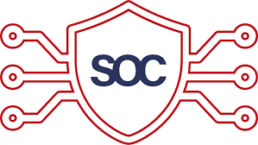
SSAE 18 -SOC 1,2,3
Service Organization Controls are of 3 types as mentioned below:
SOC1: SOC 1 reports address a company’s internal control over financial reporting, which pertains to the application of checks-and-limits. SOC 1 is the audit of a third-party vendor’s accounting and financial controls. It is the metric of how well they keep up their books of accounts.
SOC2: The purpose of the SOC 2 report is to provide an assurance or an opinion on the level of trust and assurance that user auditor and user organization can derive from the system that the service organization has deployed that effectively mitigate operational and compliance risks.
SOC3: A Service Organization Control 3 report outlines information related to a service organization’s internal controls for security, availability, processing integrity, confidentiality, or privacy. A SOC 3 report can be freely distributed, whereas a SOC 1 or SOC 2 can only be read by the user organizations that rely on your services.

ISAE 3402
International Standard on Assurance Engagements (ISAE) No. 3402, Assurance Reports on Controls at a Service Organization, was issued in December 2009 by the International Auditing and Assurance Standards Board (IAASB), which is part of the International Federation of Accountants (IFAC). ISAE 3402 was developed to provide an international assurance standard for allowing public accountants to issue a report for use by user organizations and their auditors (user auditors) on the controls at a service organization that are likely to impact or be a part of the user organization’s system of internal control over financial reporting.
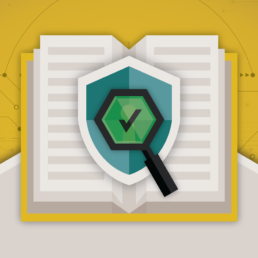
Third Party Security Risk Management
Third Party Security Risk Management is the process of analyzing and controlling risks associated with outsourcing to third-party vendors or service providers. This could include access to your organization’s intellectual property, data, operations, finances, customer information or other sensitive information.
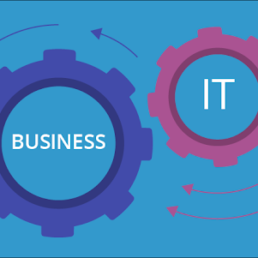
IT Strategy Review and alignment
It is crucial for any thriving business to consider how its IT and systems can assist in the delivery of growth. Without an IT Strategy business will be left purchasing ‘point solutions’, which fix an immediate issue at the expense of long-term cost. An IT Strategy Review assesses the IT needs methodically, giving you the opportunity to consider your IT strategy from a security and efficiency perspective, as well as a cost stance. The life-span of technology means all business need an IT Strategy that maps out purchasing and procurement to avoid spend that isn’t budgeted for. This is where a formal IT Strategy Review comes in – it’s a documented plan that caters for, and assists with, your wider business strategy. Whilst an IT Strategy Review may seem like an unnecessary expense, a company with growth ambitions needs to ensure its technology and systems are able to meet your business demands.

IT in Merger and Acquisition
For improving mergers and acquisitions and to assess and integrate target companies successfully it is imperative to include IT and operations in the due diligence process. By evaluating the target company’s technology, executives can determine how it complements their own IT strategy and operations, including what systems to retain and what data should migrate to the acquiring company’s platform.
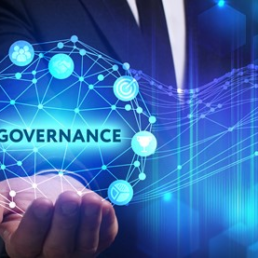
Governance Framework Strategy and implementation
A governance framework is essential for modern governance and legal operations; it directs how people interact with the organization, with regulators and with stakeholders to closely guide and monitor operations. A corporate governance in today’s progressive and aggressive business environment cannot be denied. Corporate governance allows companies to put their positive traits firmly on display. With these intentions made visible to all, companies are more likely to be held accountable for their behavior and actions — and thus more willing to distance themselves from duplicity.
Why CyberSRC®?
Established in January 2018, CyberSRC Consultancy offers the full machination of cyber security services ranging from threat intelligence, VMS to general advisory services in areas pertaining to Cyber security such as vulnerability attacks, compliance, and cyber security regulations, and laws. We are into system audits such as ISNP Audits, NBFC Audits, UCB Audits, PPI Audits, and SEBI Audits. We provide our solutions with better accountability. We are a certified assurance firm. We are an ISO 27001 certified organization, backed by a very diverse and dynamic team which have a combined experience.
